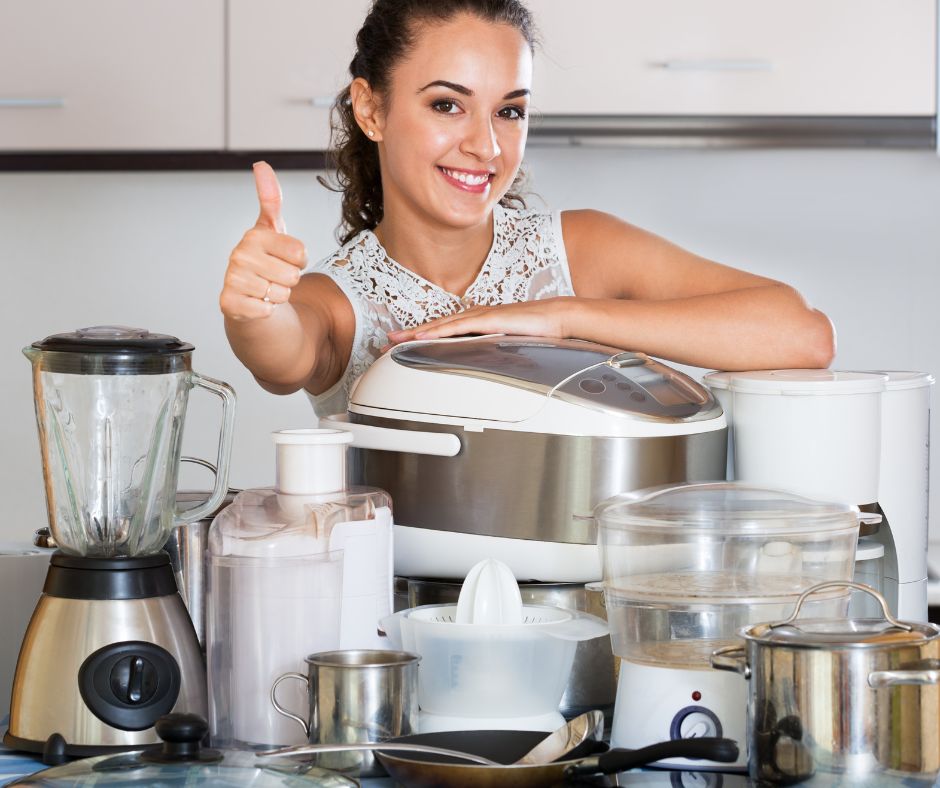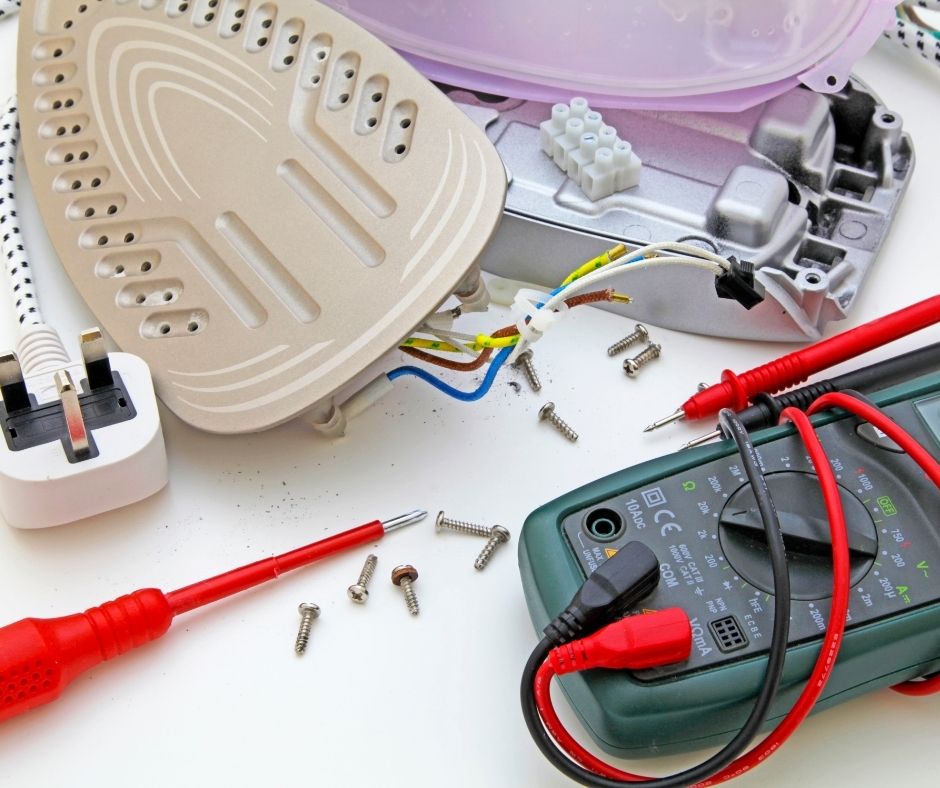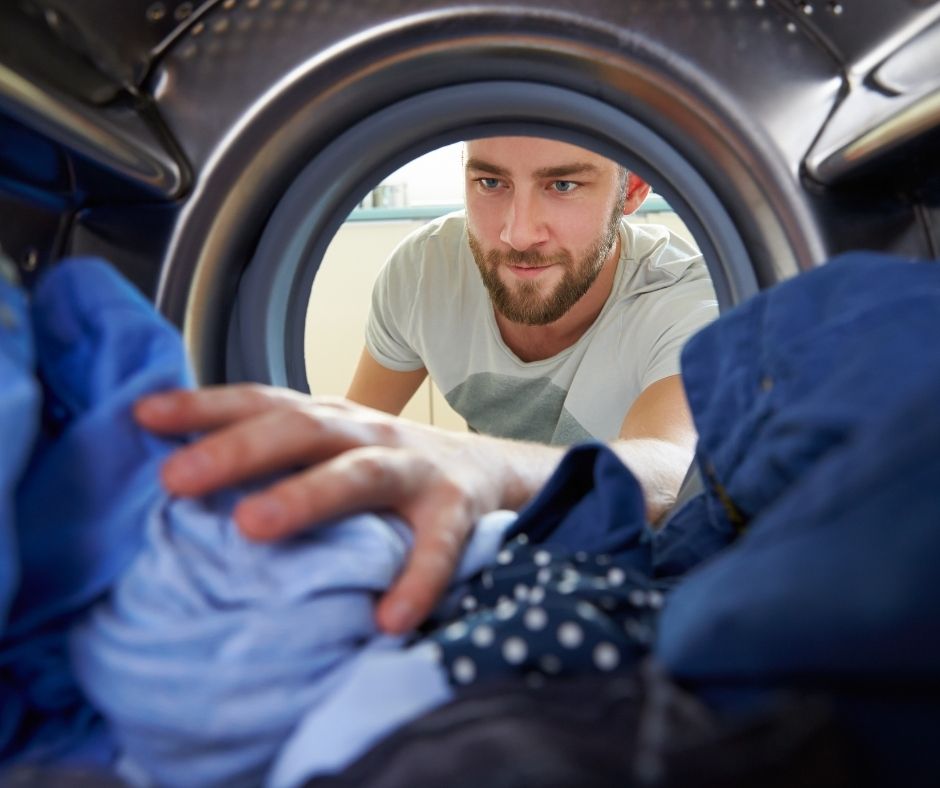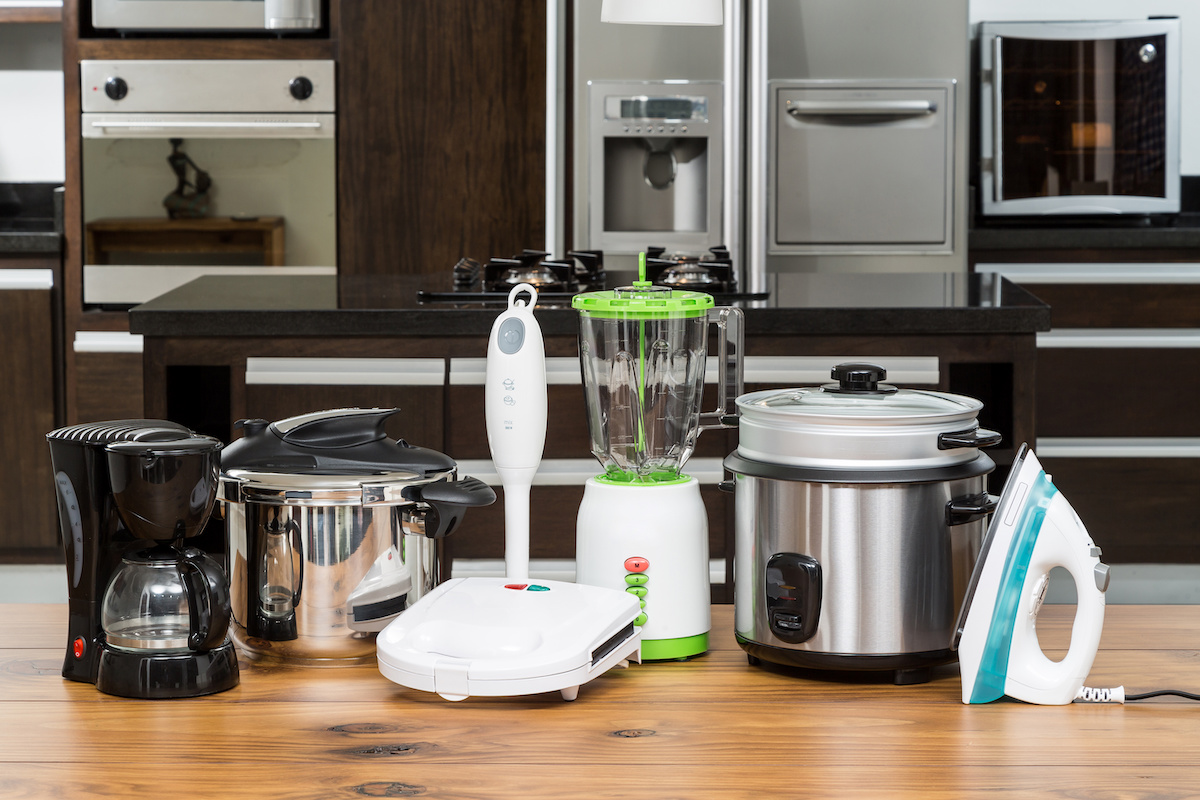
What Do Appliance Certification Labels Mean?
When looking to buy new appliances for your kitchen, you’ve probably noticed the logos such as UL, SCA, ETL, NSF, and more. These logos are appliance certification labels representing organizations that test and evaluate products in the laboratory for their safety. All are Nationally Recognized Testing Laboratories fully accredited by the Occupational Safety and Health Administration. These essential certifications prove that the product meets the minimum requirements of safety.
First, How Do the Products Get Certified?
These organizations create their verified lists of safety standards for specific products. Then the manufacturers send a request to test new products for their safety. These tests examine how the product is constructed, tested, and evaluated. Furthermore, they certify that it meets standard safety requirements.
Certified products are periodically checked to ensure they continue to act under the standard.
UL, CSA, ETL, and NSF Listed Marks
Consumers often confuse the difference between CSA, UL, NSF, and ETL marks. All are Nationally Recognized Testing Laboratories (NTRL) accredited by the Occupational Safety and Health Administration (OSHA) to test the product and certify it is safe for use. Really, the only difference is that each company has its unique certification marking and listing of certified products. Still, they are all tested to the same standards; each marking is equally reliable.

Appliance Certification Labels: The Energy Star Logo
If you’ve ever gone shopping for an appliance, chances are you’ve seen the logo. Around 90 percent of American households can identify the Energy Star label. It’s one of the best-known consumer symbols in the U.S. This is impressive, considering Energy Star was established in ’92. Energy Star initially focused on home computers only.
What is Energy Star?
Energy Star is a certification mark granted by the Department of Energy and the Environmental Protection Agency jointly. This testing measures the energy efficiency of many appliances in your home. Products and structures that meet specific criteria are awarded Energy Star certification. They can display distinctive blue and white labels.
The energy star label lets consumers know the product is energy efficient. This helps you lower your energy bill while also protecting our environment. The energy star label is to reduce pollution and help prevent climate change. The energy star-labeled products undergo testing and inspections to meet the requirements of the U.S. Environmental Protection Agency (EPA) requirements. The company has a list where you can check all the energy-star-certified appliances.
The EPA is the brand manager for Energy Star and is responsible for third-party certification, setting product performance levels, and verification testing. Energy Star test procedures are developed by DOE, which also contributes to the verification testing of appliances and equipment.
Who is Energy Star?
When you see the words “Energy Star,” it’s clear the appliance meets and surpasses the energy efficiency requirements of the U.S. Environmental Protection Agency and the Department of Energy. The EPA started the Energy Star program in 1992 under the authority of the Clean Air Act. This encouraged manufacturers to create energy-efficient products while reducing greenhouse gas emissions.
How is the appliance tested?
With an Energy Star label, a product must undergo third-party testing in an EPA-recognized lab. Energy Star products can also be subjected to “off-the-shelf” tests throughout the year to ensure that manufacturers produce energy-efficient devices.
Appliance Certification Labels with Underwriters Laboratories
Products marked “UL” pass safety standards. You’ll find the UL symbol on several small appliances like irons, vacuums, and HVAC systems.
What are Underwriters Laboratories?
A global independent non-profit organization that provides a wide range of product safety certifications by testing the products in nationally recognized testing laboratories. “Innovation inherently creates risk,” says UL on the company website.
“When a new product or service is created, the world is often unaware of the dangers or risks associated with the latest technology.”
Electricity is an excellent example of this concept. When first introduced at the World’s Fair, electricity posed a significant fire and electrocution hazard to buildings and attendees. Through science-based research, we understood that electricity greatly improves peoples’ quality of life when handled and installed correctly. Electricity’s fire and electrocution risks were mitigated through new safety standards.
So, who is UL?
Underwriters Laboratories has been working to improve safety standards since the late 1800s. The company developed safety standards for cell phones, air conditioners, and smoke detectors. UL certifies, tests, and inspects products to ensure they are safe for both the workplace and the home. The company also develops safety standards for emerging technologies, something they have been doing since early innovations with electricity.
How is it tested?
To be a UL-listed product, the company must perform a set of tests to ensure that the product meets safety specifications. The company operates in 100+ countries and has published over 1,500 safety standards.
It has placed its stamp of approval on more than 22 billion products; pinning down an exact testing procedure is complicated. However, all UL-certified items meet the company’s relevant safety standards, developed in consultation with manufacturers, consumers, inspection authorities, and government officials.

Appliance Certification Labels: Canadian Standards Association
What is the Canadian Standards Association?
CSA is a non-profit organization that provides standard mechanical tests and certifies electrical, plumbing, or gas equipment for the safety of the products manufactured in Canada. CSA mark qualifies for UL mark.
Who is CSA?
The mission of CSA Group’s Standards Development organization is to enhance the lives of Canadians through the progression of standards in the public and private sectors. They are leaders in legal research, development, education, and advocacy. The very technical and management standards developed with more than 10,000 members improve safety, health, the environment, and economic efficiency in Canada and beyond.
How is it Tested?
According to csagroup.org:
“Comprehensive evaluation and testing: Besides safety, performance, and energy-efficiency testing, our diverse services include cybersecurity, functional safety, and certification for global markets.”
“Speed to market: CSA Group provides the rapid, reliable certification and testing services you need to get your household appliance products out to market quickly.”
“Cybersecurity expertise: Our knowledgeable team of cybersecurity experts knows how to identify and help resolve the vulnerabilities and risks of connected household appliances.”
“Global reach: No matter where you manufacture or sell your products, you will work with knowledgeable technical representatives from our network of international offices and laboratories.”
Appliance Certification Labels and the National Sanitation Foundation
An independent non-profit organization will test how the equipment is designed and ensures how it is constructed, promoting ever-critical food safety. These sets standards associated with sanitation and health safety.
Several small appliances, like coffee makers and slow cookers, can be NSF certified. When it comes to large appliances, washers and dryers claim to reduce almost 100 percent of allergens and microorganisms. It must meet NSF testing standards. The NSF label is on products that pass public health standards.
What is the NSF?
“NSF International is dedicated to being the leading global provider of public health and safety-based risk management solutions while serving the interests of all stakeholders, namely the public, the business community, and government agencies,” states the NSF. “Our mission is carried out by over 2,100 global employees, including microbiologists, toxicologists, chemists, engineers, environmental and public health professionals.”
Who is NSF?
The National Sanitation Foundation was founded in 1944 to standardize sanitation and food safety requirements. The product testing, inspection, and certification organization changed its name to NSF. In 1990, their missions remained the same when they expanded their reach to the global community.
How is it tested?
Like Energy Star-certified appliances, products must undergo third-party testing to receive an NSF label. The certification differs depending on the product but typically involves a product test and a manufacturing facility inspection. Annual and unannounced plant inspections ensure that all products marked with the NSF label adhere to strict food safety standards.
Appliance Certification Labels for Electrical Testing Laboratories
What are Electrical Testing Laboratories?
ETL goes beyond inspecting and certifying products. They are a Quality Assurance certification service to all industries globally. Through their vast network of state-of-the-art testing facilities and reliable technical expertise, they provide customers with innovative assurance, testing, inspection, and certification services.
They provide a systemic approach to supporting customers’ Quality Assurance efforts in each area of their operations, including R&D, raw materials sourcing, components suppliers, manufacturing, transportation, distribution, and retail channels, and consumer management.
Who is ETL?
ETL is an organization that tests product safety and performance. ETL became Intertek Testing Services (ITS) in 1996, a global product safety certification organization.
How is it tested?
From laboratory testing to strict appliance compliance and beyond, and with over 130 years of experience, experts at global resources are prepared to meet testing, timeline, and product needs. As regulations change and technology advances, their knowledge and industry expertise ensure your products are ready to meet evolving demands.
Appliance Certification Labels that are ADA Compliant
ADA Compliant stands for Americans with Disabilities Act. The products labeled as ADA compliant make them easily accessible for people with disabilities.
An Appliance Certification Labels Note:
U.S. safety requirements may be slightly different from Canada. Yes, you may see letters outside the logo indicating the product meets the needs of a specific region.
Learn About Appliance Certification Labels and More
Atlanta Appliance Services can help you install the right appliances with the certifications you want. We service Loganville, GA, and surrounding areas as home appliance repair and installation experts. From refrigerators to dryers, we have you covered.
Contact Atlanta Appliance Services today to get your appliance service scheduled!



